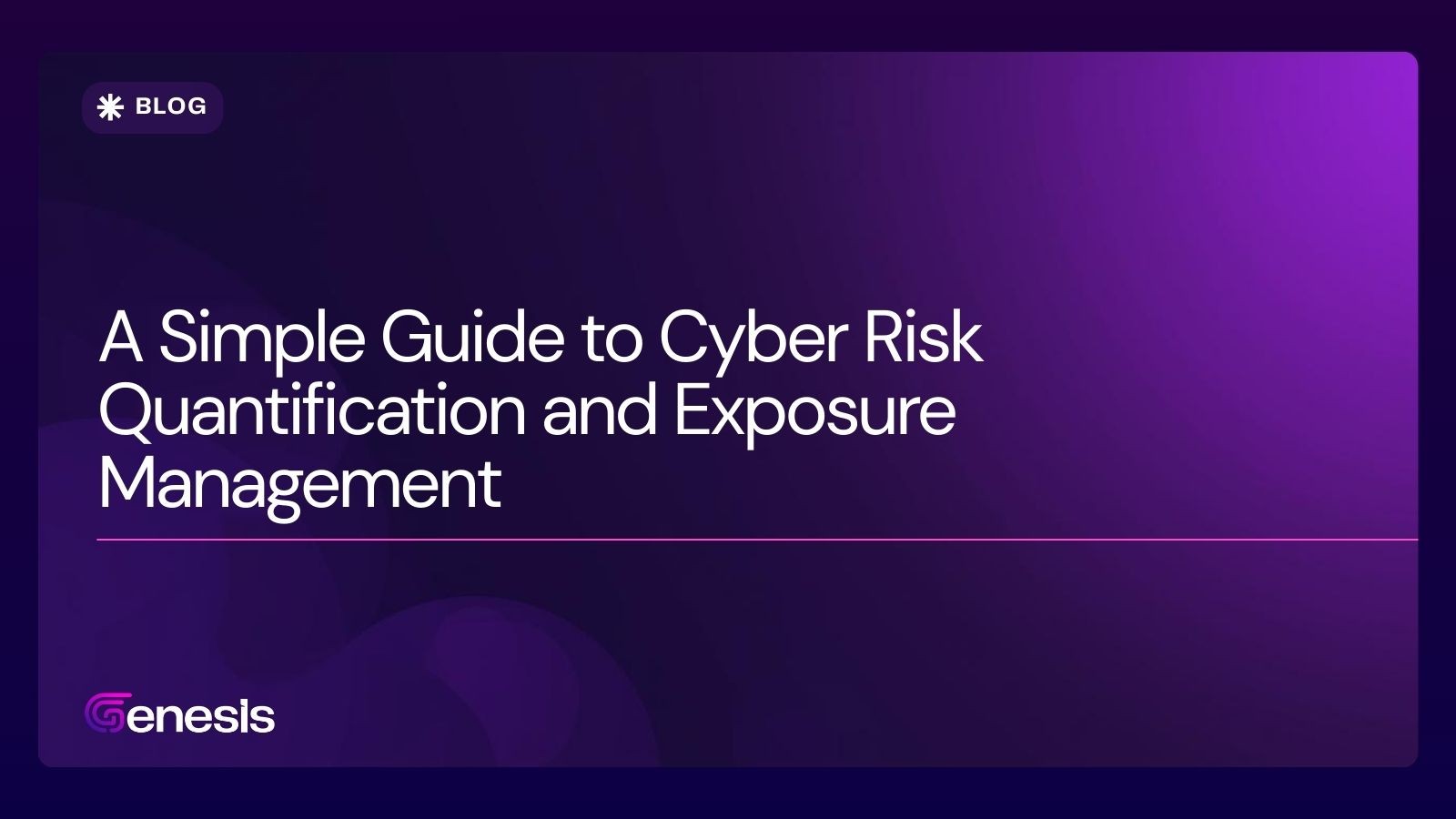Feb 11, 2025

Tanay Rai
Over the years, organizations worldwide have relied on PCI DSS to safeguard payment card data. Originally designed to combat emerging threats, the PCI DSS framework is evolving—and the latest version, PCI DSS 4.0, is here to meet today's dynamic security challenges. In this update, we'll explore what PCI DSS 4.0 brings, why it matters, and how it empowers organizations to protect sensitive data more effectively.
The Evolution of PCI DSS
The Payment Card Industry Data Security Standard (PCI DSS) has long provided a baseline for protecting payment data across all entities that store, process, or transmit cardholder information. However, as cyber threats have grown in sophistication, so too have the requirements for maintaining a secure environment. PCI DSS 4.0 is the culmination of industry collaboration, emerging threat analysis, and valuable feedback from the global security community, ensuring that the standard remains robust and relevant.
Why PCI DSS 4.0?
Modern cyber threats are more complex than ever before. PCI DSS 4.0 reflects this reality by:
Emphasizing a Risk-Based Approach: PCI DSS 4.0 offers organizations greater flexibility than previous versions. It allows for customized security controls and alternative approaches—as long as the standard's fundamental objectives are met. This approach recognizes that a one-size-fits-all model isn't sufficient for today's diverse environments.
Adapting to New Technologies: With advances in cloud services, mobile payments, and digital wallets, the updated standards ensure that security requirements keep pace with technological innovation. The framework now incorporates contemporary cryptographic practices, enhanced multi-factor authentication (MFA) protocols, and refined network segmentation guidelines.
Enhancements and Key Changes
Some of the significant changes introduced in PCI DSS 4.0 include:
Increased Flexibility with Customized Approaches: Organizations that meet the core security objectives can now demonstrate compliance through alternative methods. This flexibility encourages innovation and allows businesses to tailor their security measures to fit unique risk profiles.
Enhanced Multi-Factor Authentication (MFA) Requirements: With cyber attackers continuously refining their techniques, MFA requirements have been strengthened to ensure that access to sensitive systems is robustly protected against unauthorized entry.
Continuous Compliance and Ongoing Risk Assessment: PCI DSS 4.0 emphasizes continuous risk assessment and monitoring rather than treating compliance as an annual checklist. This proactive stance ensures that security measures remain effective and adapt as new vulnerabilities and threats emerge.
Stronger Cryptographic Practices: Updated cryptographic standards ensure that encryption protocols are resilient against modern attack vectors, providing better protection for cardholder data in transit and at rest.
More explicit Guidance and Expanded Documentation: The updated standard offers more detailed guidelines and expanded documentation, helping organizations better understand the security objectives and best practices required to meet PCI DSS standards. This clarity promotes consistency and reduces ambiguity across the industry.
New Controls and Removed Controls in PCI DSS 4.0
PCI DSS 4.0 introduces new security controls and modifications to existing ones to address emerging cyber threats and ensure better payment security. Below are some of the key additions and removals:
Newly Introduced Controls:
Targeted Risk Analysis (Requirement 12.3.2) – Organizations must perform targeted risk analysis for each PCI DSS requirement that allows for a customized approach.
Expanded Multi-Factor Authentication (Requirement 8.4.2) – MFA is now required for all accounts with access to the cardholder data environment (CDE), not just administrators.
E-commerce and Web Application Security (Requirement 6.4.3) – Enhanced guidance on securing payment pages and protecting against skimming and injection attacks.
Automated Log Reviews (Requirement 10.4.1): Log reviews must be conducted more frequently and automated to ensure the timely detection of suspicious activities.
More substantial Password Requirements (Requirement 8.3.6): New minimum password complexity and length requirements have been introduced to reduce credential-based attacks.
Encryption of PAN Stored on Disk (Requirement 3.4.2) – Clearer requirements for encrypting stored Primary Account Numbers (PANs) to align with modern cryptographic best practices.
More muscular Access Control and Authorization Management (Requirement 7.2.5) – Introduction of role-based access control (RBAC) models for managing privileges.
Monitoring and Testing of Security Systems (Requirement 11.6.1) – More frequent and continuous security monitoring requirements, including automated scanning for vulnerabilities and configuration drift.
Awareness Training on Phishing (Requirement 12.6.3) – Organizations must conduct phishing awareness training to educate employees on recognizing and mitigating social engineering attacks.
Cloud Security Guidelines – Explicitly addresses cloud service provider security and shared responsibility models.
Removed or Deprecated Controls:
SSL/TLS 1.0 Requirements – Previous allowances for outdated SSL/TLS versions have been wholly removed, requiring organizations to move to TLS 1.2 or higher.
Primary Storage in Log Files—Earlier PCI DSS versions had flexible logging requirements that sometimes allowed sensitive data to be partially stored in logs. PCI DSS 4.0 strictly enforces encrypted log storage and ensures no plaintext cardholder data is stored.
Annual Compliance Validation via Self-Assessment Only – Organizations can no longer solely rely on annual self-assessment questionnaires (SAQs) without ongoing security validation.
What Does This Mean for Your Organization?
Implementation Timeline and Transition
PCI DSS 4.0 is designed to be both forward-looking and pragmatic. Organizations operating under previous versions of the standard will have a transition period to adjust their systems and practices. The updated version sets the stage for a more secure payment environment. It provides flexible implementation options to ease migration, allowing businesses to choose the paths that best align with their operational models.
A Call to Action for Enhanced Security
The shift to PCI DSS 4.0 isn't just a procedural update—it's a call to embrace a more dynamic and proactive approach to security. Organizations that invest in understanding and integrating these changes are better positioned to fend off evolving threats, ensure compliance, and protect their customers and reputations.







